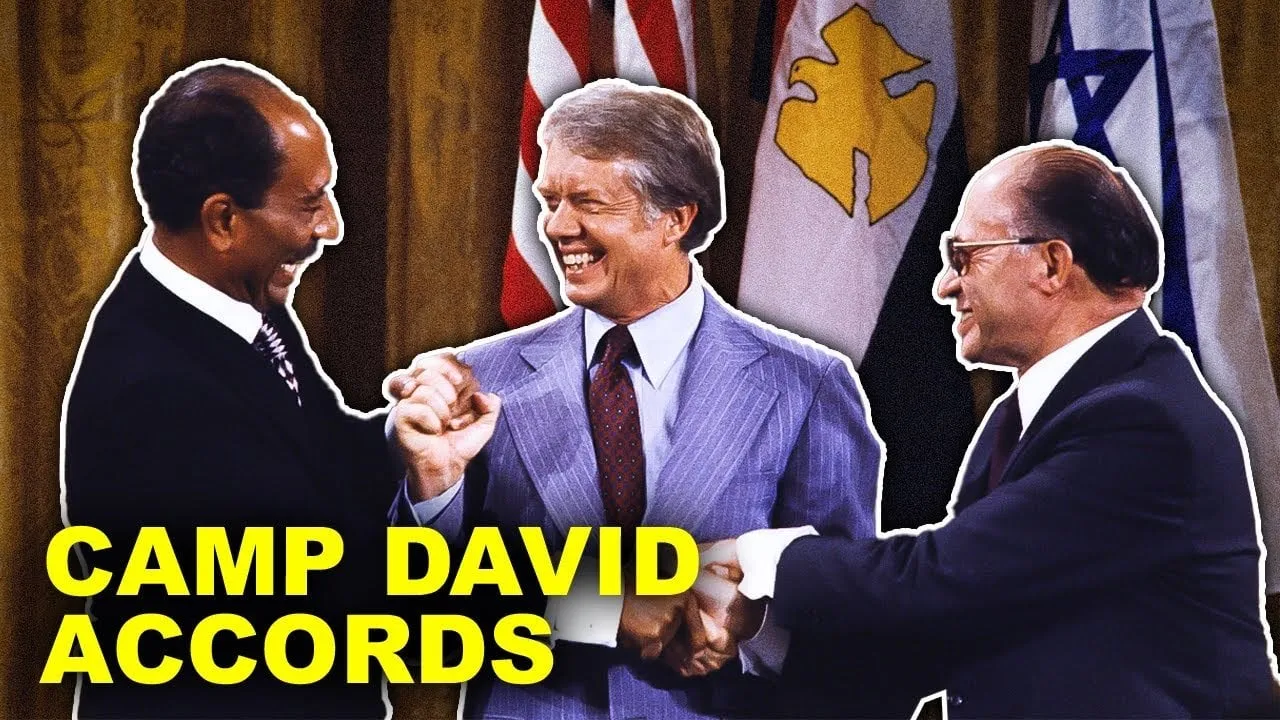Unveiling Camp David: The Untold Stories Behind America’s Presidential Retreat
Nestled in the serene Catoctin Mountain Park of Maryland, Camp David stands as a hidden sanctuary that has witnessed some of the most pivotal moments in American presidential history. Far more than just a simple retreat, this secluded compound has served as a crucible of diplomacy, a haven of relaxation, and a unique window into the personal lives of U.S. presidents.
The origins of Camp David trace back to the late 1930s, when President Franklin D. Roosevelt first established the site as a camp for federal employees and their families. Little did anyone know that this modest beginning would transform into one of the most significant presidential compounds in American history. During World War II, the retreat began its metamorphosis into a presidential getaway, offering a much-needed escape from the intense pressures of Washington, D.C.
Originally christened “Shangri-La” after the fictional paradise in James Hilton’s novel Lost Horizon, the retreat underwent a meaningful rename in 1958. President Dwight D. Eisenhower personally chose to call it Camp David, honoring his beloved grandson. This personal touch would become a hallmark of the compound’s unique character.
The 180-acre compound is far more than just a simple vacation spot. It boasts:
- A main house
- Multiple private cabins
- Recreational facilities including:
- Swimming pool
- Golf course
- Hiking trails
- Bowling alley
- Movie theater
Perhaps the most significant aspect of Camp David is its role in international diplomacy. The most famous example remains the Camp David Accords of 1978, where President Jimmy Carter facilitated groundbreaking peace talks between Israeli Prime Minister Menachem Begin and Egyptian President Anwar Sadat. This historic meeting demonstrated the retreat’s potential as a neutral ground for critical negotiations.
“Camp David is not just a place, it’s a symbol of diplomatic possibility.” – Anonymous Presidential Historian
The first foreign leader to grace the compound was British Prime Minister Winston Churchill in 1943, marking the beginning of its diplomatic legacy. Since then, every president has utilized the retreat differently, adding their own traditions and personal touches.
Presidents have found Camp David to be an invaluable respite from the relentless demands of the White House. Whether engaging in outdoor activities like hiking, horseback riding, or simply spending quality time with family, the compound offers a rare opportunity for personal rejuvenation.
The complete privacy of Camp David has contributed significantly to its mystique. Closed to the public, it provides a secure environment where presidents can truly be themselves, away from the constant scrutiny of media and public life.
As American politics continue to evolve, Camp David remains a constant—a testament to the enduring need for reflection, strategic planning, and personal restoration at the highest levels of government. Each administration adds its own chapter to the rich tapestry of this extraordinary presidential retreat.
From diplomatic breakthroughs to family moments, Camp David continues to be a unique and irreplaceable part of American presidential history.
Fascinating Fact: Despite its high-profile status, very few people have ever been inside the actual compound, making it one of the most exclusive locations in the United States.
Conclusion
Camp David stands as more than just a presidential retreat—it is a symbol of American leadership, diplomacy, and the deeply human need for occasional solitude and reflection. Its walls have absorbed countless strategic discussions, personal moments, and historical negotiations, making it a true hidden gem in the landscape of American political history.
Note: This article is based on historical research and publicly available information about Camp David.






Leave a Comment